Red Star Belgrade
Red Star Belgrade, known locally as Crvena Zvezda, is one of the most iconic football clubs in Serbia and the former Yugoslavia. It stands alongside other multi-sport institutions like PAOK, Partizan Belgrade, and Fenerbahçe.
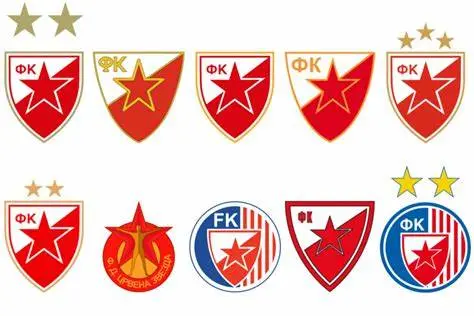
Foundation Amidst Turmoil (1945-1960)
Founded in 1945, Red Star emerged in the wake of World War II as Yugoslavia sought to rebuild from the ruins of Nazi occupation. The sport was pivotal in this renaissance, and Red Star quickly made its mark, winning its first national championship in 1951.
In its early years, the club faced significant challenges, including rudimentary infrastructure and heavy reliance on state support. Like Dynamo Zagreb, Steaua Bucharest, and CSKA Sofia, Red Star was deeply intertwined with communist ideologies, specifically the unique form of Titoism, which transcended ethnic divisions in the Balkans. Despite these hurdles, the club attracted local talent and built a loyal fan base.
The Golden Age and the Tumour
The period from the 1960s to the 1990s was Red Star's golden era. Dominating Yugoslav football, the club secured numerous national titles and made a significant impact on the international stage.
Under the guidance of skilled coaches like Ljupko Petrović and Vladica Popović, Red Star achieved its crowning glory in 1991 by winning the European Cup, triumphing over Olympique de Marseille. This historic victory underscored its status as a European football giant, even as Yugoslavia teetered on the brink of political upheaval. However, The Cold War and internal political strife, particularly following Tito's death, posed challenges for the club.
Despite these difficulties, Red Star maintained high performance levels, leveraging local talent and robust internal organization to stay competitive. The 1990s were turbulent, with the Yugoslav Wars, economic sanctions, and political instability severely impacting the club. Conflicts led to financial and organizational crises, player exodus, and frequent leadership changes. In response, Red Star embarked on a rebuilding journey, investing in modern infrastructure and adopting professional management practices. This shift attracted new talent and restored financial stability, enabling the club to seize new economic opportunities in the post-communist market. The club's playing style evolved, influenced by various coaches and historical contexts, but it has always been known for its offensive play and technical prowess.
Practical Information
The legendary Red Star stadium, Rajko Mitić, affectionately nicknamed the Marakana, echoes the famous Brazilian stadium. Known for its passionate supporters, the Delije, and its iconic tank, the stadium is a fortress of football fervor.
Red Star boasts legendary figures in Serbian and Yugoslav football:
- Dragan Džajić: Regarded as one of the greatest in Yugoslav football history, Džajić was a key figure in the 1960s and 1970s, known for his talent and creativity. He remains the player with the most caps.
- Dejan Savićević has been crucial in the 1991 European Cup victory. He is celebrated for his technique and game vision, cementing his status as a club icon.
If you've heard of Red Star Belgrade, you’re likely aware of its fierce rivalry with Partizan Belgrade. The "Eternal Derby" (Večiti Derbi) between these two clubs is one of the most intense in the world. Founded by anti-Nazi forces, their rivalry extends beyond football into social, cultural, and political realms. Red Star, established by the Union of Anti-Fascist Youth, symbolizes the people's club, while Partizan, founded by the Yugoslav Army, represents military and later economic elites. This deep-seated rivalry reflects broader societal tensions and passions in Serbia.
In conclusion, Red Star Belgrade's rich history is intertwined with its political context, embodying persistent nationalism that unites a region. The fervor surrounding this club is set to rise, capturing the essence of Serbian passion.
"The stars of Red Star"
Throughout its history, the club has expressed its gratitude to its former glories by awarding them the "Red Star Stars". To date, six stars have been awarded to Rajko Mitić (1945-1958), Dragoslav Šekularac (1955-1966), Dragan Džajić (1961-1975 and 1977-1978), Vladimir Petrović "Pižon" (1972-1982), Dragan Stojković "Piksi" (1986-1990) and the European and World Champion team in 1991.
All-time XI
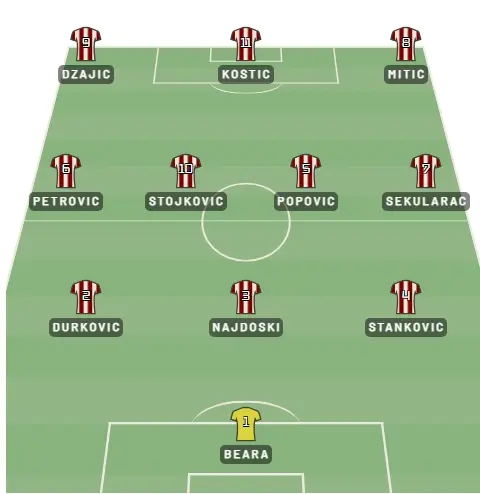
Trophies :

Serbian League x15
- 1995
- 2000
- 2001
- 2004
- 2006
- 2007
- 2014
- 2016
- 2018
- 2019
- 2020
- 2021
- 2022
- 2023
- 2024
-

Vice-champion Serbian League x15
- 1993
- 1994
- 1996
- 1997
- 1998
- 2002
- 2003
- 2005
- 2008
- 2010
- 2011
- 2012
- 2013
- 2015
- 2017
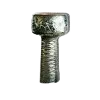
Yugoslav League x19
- 1951
- 1953
- 1956
- 1957
- 1959
- 1960
- 1964
- 1968
- 1969
- 1970
- 1973
- 1977
- 1980
- 1981
- 1984
- 1988
- 1990
- 1991
- 1992

Vice-champion Yugoslav League x9
- 1949
- 1950
- 1952
- 1961
- 1972
- 1978
- 1982
- 1986
- 1989
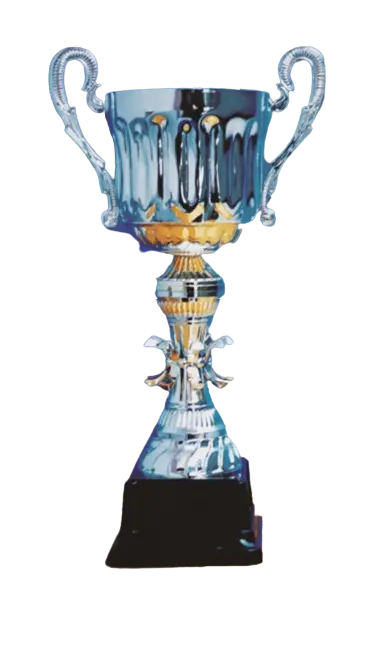
Yugoslav Cup x12
- 1948
- 1949
- 1950
- 1958
- 1959
- 1964
- 1968
- 1970
- 1971
- 1982
- 1985
- 1990

Finalist Yougoslav Cup x8
- 1952
- 1954
- 1973
- 1980
- 1984
- 1988
- 1991
- 1992
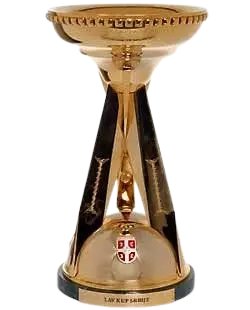
Serbian Cup x16
- 1993
- 1995
- 1996
- 1997
- 1999
- 2000
- 2002
- 2004
- 2006
- 2007
- 2010
- 2012
- 2021
- 2022
- 2023
- 2024

Finalist Serbian Cup x5
- 2001
- 2003
- 2005
- 2017
- 2019
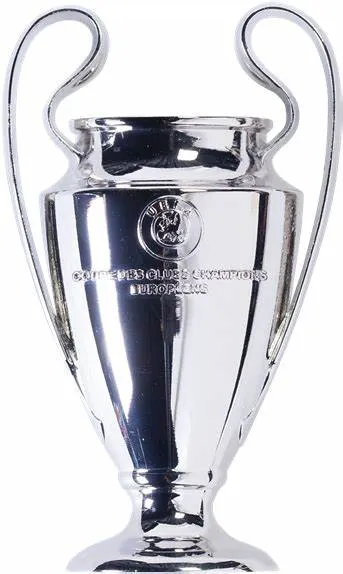
Champions League x1
- 1991

Intercontinental Cup x1
- 1991
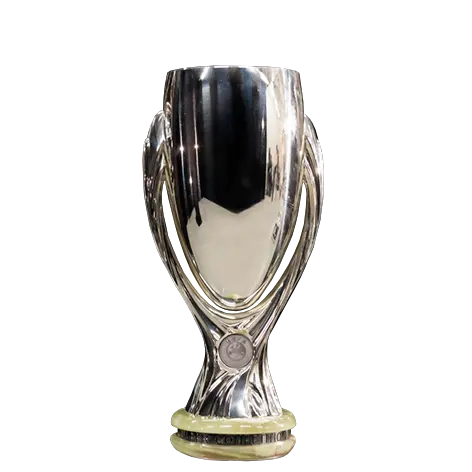
Finalist UEFA Supercup x1
- 1991
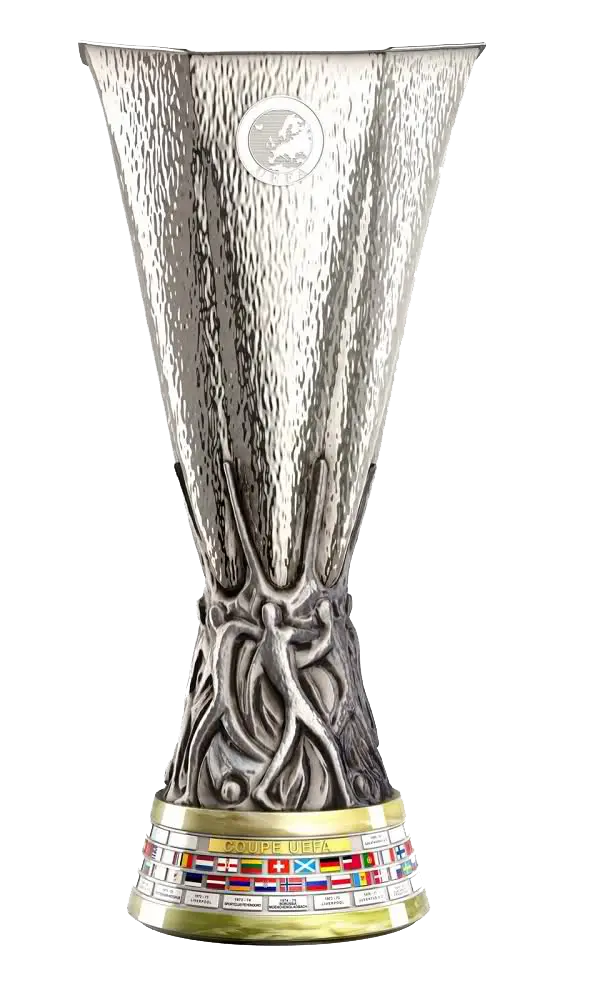
Finalist UEFA Cup x1
- 1979
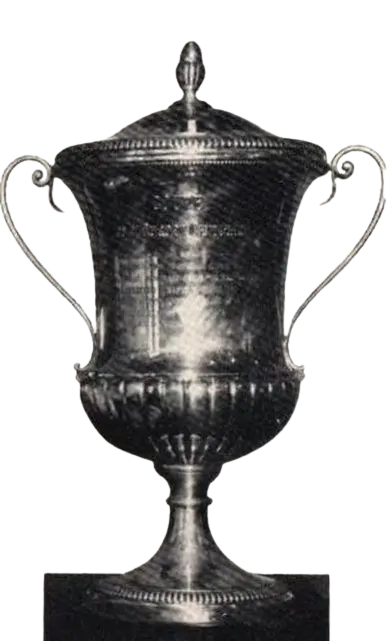
Mitropa Cup x2
- 1958
- 1968